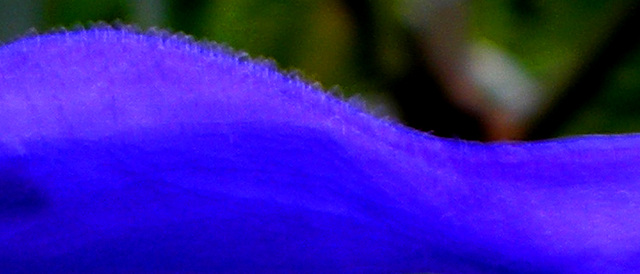See also...
Authorizations, license
-
Visible by: Everyone -
All rights reserved
-
1 566 visits
Remembering Hogarth


William Hogarth The Analysis of Beauty (London 1753), note Hogarth’s assumption of classical precedent for the serpentine line [p.92]:
...which taste, I am persuaded, my reader will now conceive to have been entirely owing to the perfect knowledge the ancients must have had of the use of the precise serpentine-line.
...which taste, I am persuaded, my reader will now conceive to have been entirely owing to the perfect knowledge the ancients must have had of the use of the precise serpentine-line.
(deleted account) has particularly liked this photo
- Keyboard shortcuts:
Jump to top
RSS feed- Latest comments - Subscribe to the comment feeds of this photo
- ipernity © 2007-2024
- Help & Contact
|
Club news
|
About ipernity
|
History |
ipernity Club & Prices |
Guide of good conduct
Donate | Group guidelines | Privacy policy | Terms of use | Statutes | In memoria -
Facebook
Twitter

Shi* has replied to Christel Ehretsmann clubWhy do we find this serpentine-line so beautiful?
- Do we have the sensation of beauty because the female backline is shaped like this? So that we find women with this backline attractive?
- Or is the similarity of the female backline with the precice serpentine-line a coincident?
- Or is it the other way round, and we find this line beautiful out of a deeper reason (What?), and the female body adapted to that archetypical attractiveness?
Shi* has replied to Siegfried VogelThanks for stimulating my thought processes, Siegfried!
Shi* has replied to Le vert des rivières clubSign-in to write a comment.